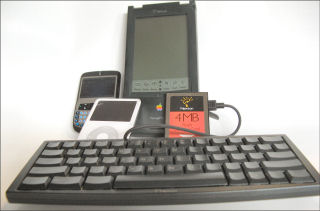Microsoft’s Mel Sampat released a free utility called OutSync that syncs your Facebook contacts’ photos with Outlook. The side-effect for Windows Mobile users is that the photos become attached and visible to contacts on a smartphone. Of course, I consider ActiveSync and WMDC so flaky that I refuse to add anything that might even slightly upset the delicate balance and duct tape that appears to keep sync working for me (some of the time, anyway).
You can watch a video demo of this on on10.net.
